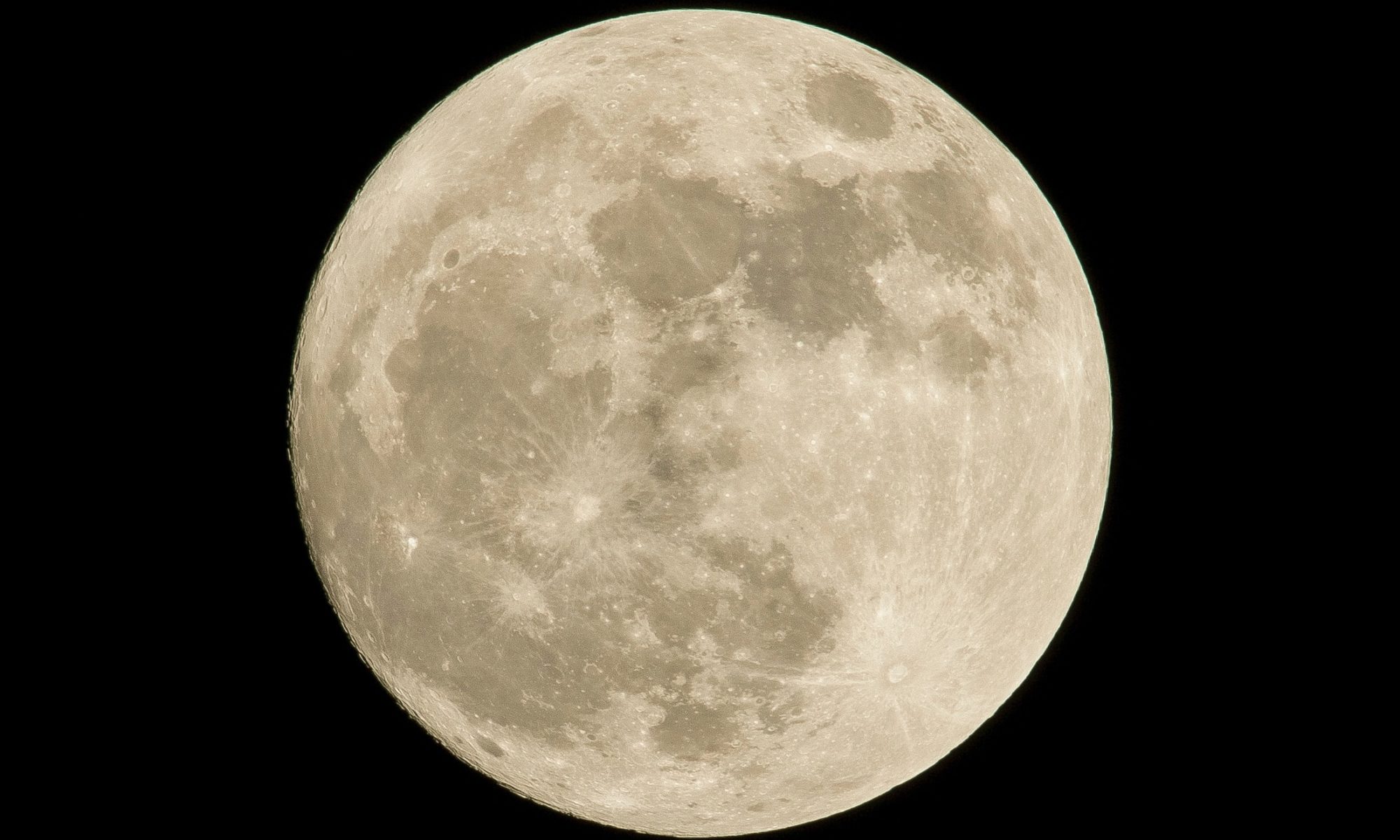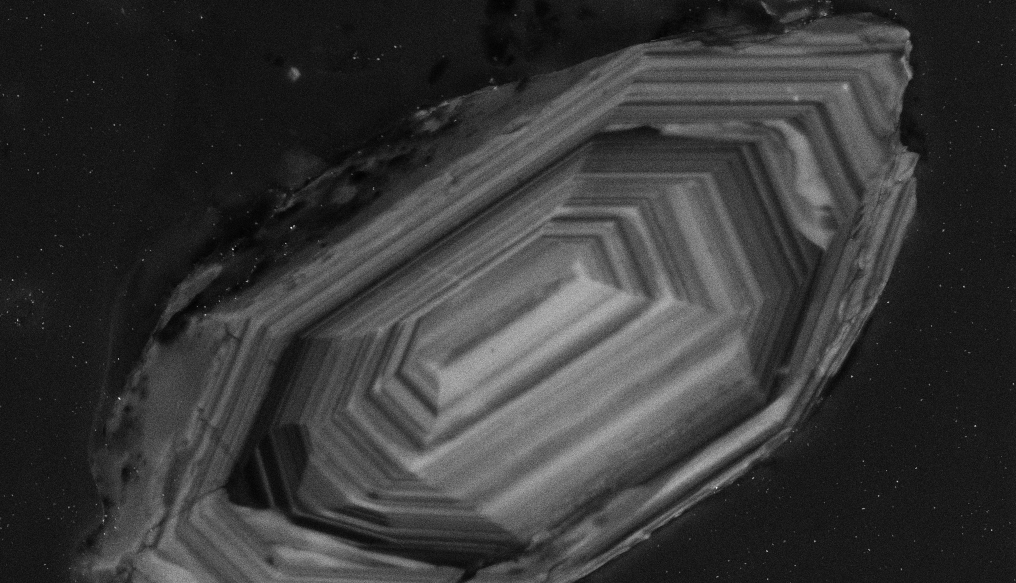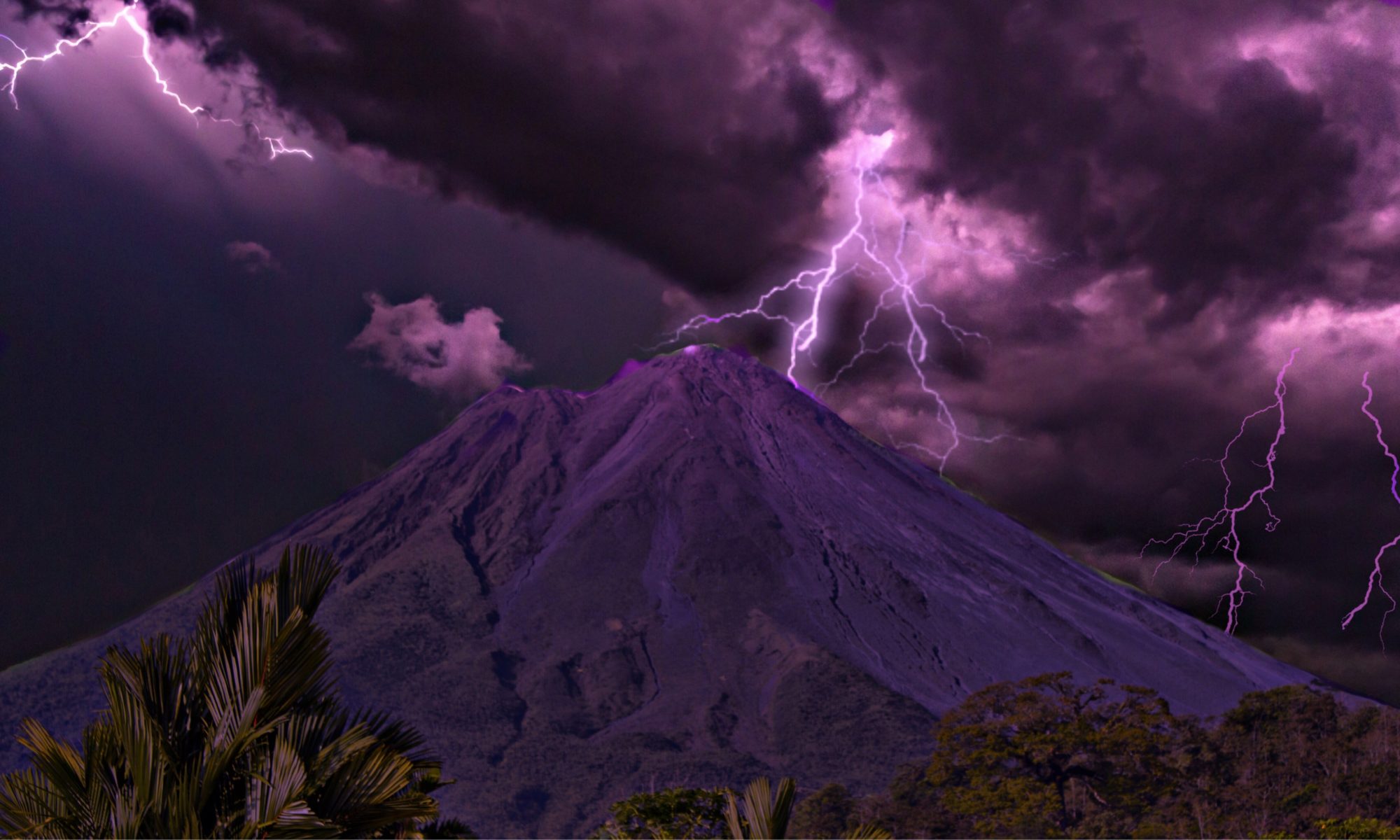Featured image: the Moon by Pedro Lastra on Unsplash
About 4 billion years ago, the inner Solar System fell prey to an apocalyptic assault by asteroids. These asteroids slammed into the terrestrial planets—Mercury, Venus, Earth, Mars—and the Moon, leaving behind the scars and basins that make up the planets’ landscapes today. This attack, called the Large Heavy Bombardment, helps explain the genesis of a majority of the formations decorating the inner planets of the Solar System. Previous dating of Moon rocks helped pindown the occurrence of the Bombardment somewhere around 3.8 billion years ago. While this window of time is widely accepted in the planetary science community, one of the Moon’s most iconic features, the Serinatits Basin, might poke a hole in it.
Continue reading “One of the Moon’s most prominent features is older than we thought”


